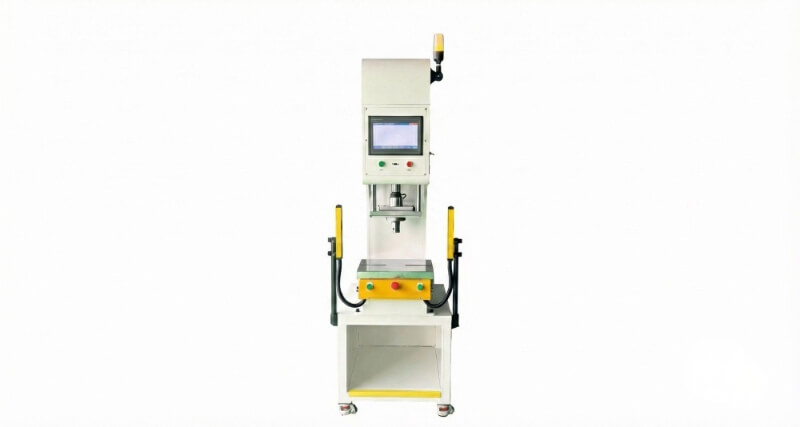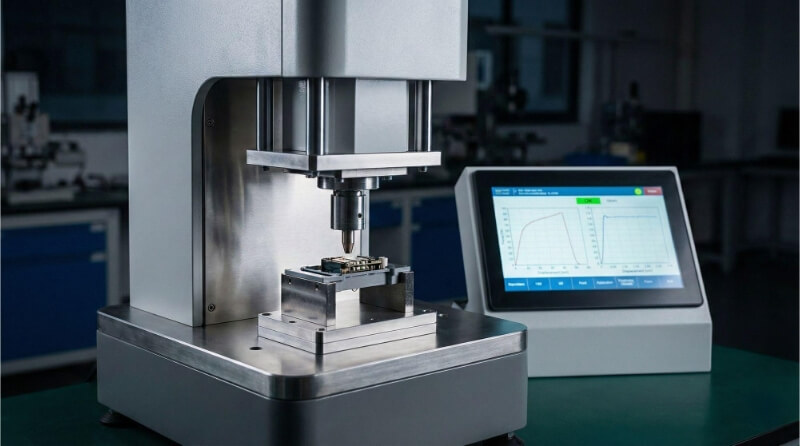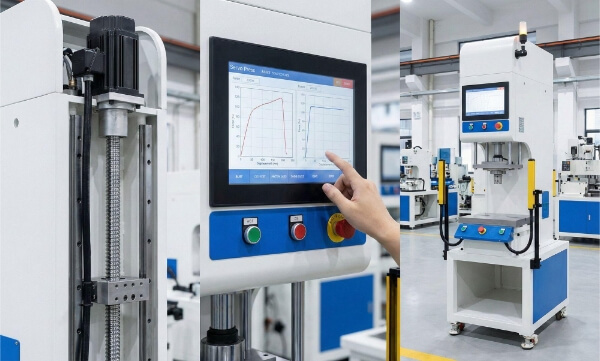Brass has been a popular material for centuries, prized for its durability and warm golden hue. But when it comes to surface treatments, brushed finish brass stands out. This technique transforms ordinary brass into a sophisticated material with a unique, matte appearance.
Brushed finish brass is a type of surface treatment applied to brass metal. It’s created by rubbing the brass surface with abrasive materials in a linear pattern. This process removes a thin layer of metal, leaving behind fine lines that give the brass a subdued, satin-like sheen.
The beauty of brushed finish brass lies in its versatility. It offers a perfect balance between polished and matte finishes, making it suitable for various applications. Let’s explore this fascinating material in more detail.

Characteristics of Brushed Finish Brass
Definition and Process of Brushing
The brushing process involves using fine abrasive materials or wire brushes to create microscopic grooves on the brass surface. These grooves run in a uniform direction, typically parallel to the longest dimension of the piece. The result is a unique texture that diffuses light and creates a soft, muted appearance.
Visual Appeal: Color and Texture
Brushed brass boasts a warm, golden hue with a subdued sheen. Its surface features a fine, linear texture that catches light in interesting ways. This finish reduces glare and fingerprints, making it ideal for frequently touched surfaces.
Durability and Resistance to Corrosion
Brushed brass is known for its durability. The brushing process creates a slightly rougher surface, which can help hide minor scratches and wear. While brass naturally forms a protective patina over time, the brushed finish can enhance its resistance to corrosion.
Manufacturing Process of Brushed Finish Brass
Materials Used in Brushed Finish Brass
Brushed-finish brass starts with standard brass alloy, typically composed of copper and zinc. The exact ratio varies, but common alloys include 70% copper and 30% zinc. Some manufacturers add small amounts of other metals, like lead or nickel, to enhance specific properties. The choice of alloy affects the final color and durability of the brushed finish.
How to Brush Finish Brass?
Creating a brushed finish on brass requires precision and the right tools. Start by thoroughly cleaning the brass surface with a degreaser to remove any oils or contaminants. For best results, use a brass cleaner with a pH between 6 and 8 to avoid damaging the metal.
Next, select your abrasive material. For a fine brushed finish, use 320-grit sandpaper or a wire brush with 0.003-inch diameter bristles. For a more pronounced texture, opt for 220-grit sandpaper or a wire brush with 0.005-inch bristles. Begin brushing the brass in straight, even strokes, maintaining a consistent angle of about 15-20 degrees to the surface.
When using power tools, a variable-speed drill set between 1,000 and 3,000 RPM works well for most applications. Apply steady pressure of about 2-3 pounds per square inch to ensure uniform lines. Make passes in a single direction, overlapping each stroke by about 50% for evenness.
After brushing, clean the surface again to remove metal particles. Use compressed air at 30-40 PSI or a lint-free cloth dampened with isopropyl alcohol. For protection, apply a thin layer of clear lacquer with a solid content of 20-25% to preserve the finish without altering its appearance.
Types of Brass Finishes
Each brass finish creates a distinct look and serves different purposes. Let’s explore the main types and their characteristics.
Comparison of Brushed Finish vs. Polished Finish
Brushed Finish
- Appearance: Subtle, directional grain
- Maintenance: Low, hides fingerprints well
- Best for: Modern, industrial designs
- Durability: High, conceals minor scratches
- Light reflection: Minimal glare
- Appearance: Mirror-like, high shine
- Maintenance: High, shows fingerprints easily
- Best for: Traditional, luxurious designs
- Durability: Medium, scratches are visible
- Light reflection: Maximum reflectivity
Other Brass Finishes: Matte, Satin, and More
Matte Finish
- Creates a flat, non-reflective surface
- Excellent for minimalist designs
- Requires minimal maintenance
- Popular in contemporary architecture
- A middle ground between brushed and matte
- Soft sheen without obvious grain lines
- Good balance of practicality and aesthetics
- Often used in high-end residential projects
Hammered Finish
- Textured surface with small indentations
- Hides imperfections effectively
- Adds visual interest and depth
- Common in decorative items
Antique Finish
- Chemically darkened for an aged look
- Varies in color from dark brown to black
- Low maintenance
- Popular in restoration projects
Types of Brass Finishes: Quick Comparison
| Finish Type | Appearance | Fingerprint Visibility | Light Reflection | Best Applications | Relative Cost | Durability |
|---|---|---|---|---|---|---|
| Brushed | Directional grain lines | Low | Minimal | Modern fixtures, hardware | Medium | High |
| Polished | Mirror-like shine | High | Maximum | Luxury decor, trim | High | Medium |
| Matte | Flat, non-reflective | Very Low | None | Contemporary design | Low | High |
| Satin | Soft sheen | Medium | Subtle | Versatile use | Medium | High |
| Hammered | Textured, dimpled | Very Low | Diffused | Decorative pieces | High | Very High |
| Antique | Darkened, aged look | Low | Minimal | Restoration projects | Medium | Medium |
Applications of Brushed Finish Brass
Brushed-finish brass is used in countless applications across various industries. Its blend of aesthetics and durability makes it a top choice for designers and engineers alike.
Home Decor: Fixtures and Hardware
Kitchen Applications:
- Faucets
- Cabinet hardware
- Sinks
Bathroom Elements:
- Shower fixtures
- Towel bars and hooks
- Mirror frames
Lighting:
- Pendant lights
- Wall sconces
- Chandeliers
- Track lighting components
Industrial Uses: Machinery and Equipment
Manufacturing Equipment:
- Control panels
- Safety guards
- Handles and levers
- Decorative trim
Food Processing:
- Mixing equipment
- Storage tanks
- Transfer pipes
- Sanitary fittings
Medical Devices:
- Surgical instruments
- Equipment housings
- Operating room fixtures
- Laboratory hardware
Brushed Finish Brass: Pros and Cons
Designers and engineers often weigh their options when selecting materials and finishes. Here’s a detailed look at the advantages and disadvantages of brushed finish brass.
Pros
Aesthetic Benefits
Timeless appeal
- Sophisticated look
- Ages gracefully
- Complements various styles
Visual consistency
- Uniform appearance
- Minimal color variation
- Professional finish
Light interaction
- Reduces glare
- Creates subtle highlights
- Adds depth to surfaces
Practical Advantages
Durability
- Resists daily wear
- Maintains appearance over time
- Stands up to regular use
Maintenance
- Hides fingerprints
- Conceals minor scratches
- Easy to clean
Versatility
- Suits indoor and outdoor use
- Works in various applications
- Pairs well with other materials
Cons
Aesthetic Limitations
Color restrictions
- Limited to brass tones
- Can’t achieve certain looks
- It may not suit all designs
Finish variations
- Batch-to-batch differences
- Directional grain visibility
- Potential for uneven wear
Practical Challenges
Cost factors
- Higher initial investment
- Specialized maintenance tools
- Skilled labor for installation
Time considerations
- Longer production times
- Extended lead times
- Complex repair process
Environmental factors
- Can tarnish over time
- Affected by certain chemicals
- It may show water spots

Care and Maintenance of Brushed Finish Brass
Cleaning Tips for Longevity
Proper care keeps brushed finish brass looking its best. For routine cleaning, use a soft, damp cloth to wipe away dust and fingerprints. Avoid abrasive cleaners or rough materials that could scratch the surface. For tougher stains, mix mild soap with warm water and gently clean the brass. Always dry the surface thoroughly after cleaning to prevent water spots.
Preventive Measures Against Tarnishing
Brass naturally tarnishes over time, but you can slow this process. Apply a thin layer of clear lacquer or wax to protect the surface from air and moisture. Keep brushed brass items away from harsh chemicals and acidic substances.
Conclusion
Brushed finish brass offers a unique blend of beauty and functionality. Its subtle sheen and durability make it a popular choice for various applications, from hardware to decorative elements. By understanding its characteristics and proper care techniques, you can enjoy the timeless elegance of brushed brass for years to come.
FAQs
How do you clean brushed finish brass?
Clean brushed brass with a soft, damp cloth and mild soap. For stubborn stains, use a paste made of equal parts flour, salt, and white vinegar. Apply gently, let sit briefly, then rinse and dry. Avoid harsh chemicals or abrasive materials that could harm the finish.
Is brushed finish brass suitable for outdoor use?
Brushed brass can be used outdoors but needs extra care. To protect against the elements, periodically apply a clear, weather-resistant lacquer. In coastal areas, more frequent maintenance may be necessary due to salt air exposure.
Can brushed finish brass be repaired if scratched?
Minor scratches can often be fixed. Gently sand with fine-grit sandpaper in the direction of the existing grain. For deeper scratches, start with a coarser grit and progress to finer grits. Clean the area and apply brass polish to blend the repaired section.
What are the best products for maintaining brushed finish brass?
For regular maintenance, use a microfiber cloth and a mild brass cleaner. Apply a thin layer of brass wax or clear protectant every few months to preserve the finish. Always test new products on a small area first to ensure compatibility with your brushed brass.
Hey, I'm Kevin Lee

For the past 10 years, I’ve been immersed in various forms of sheet metal fabrication, sharing cool insights here from my experiences across diverse workshops.
Get in touch

Kevin Lee
I have over ten years of professional experience in sheet metal fabrication, specializing in laser cutting, bending, welding, and surface treatment techniques. As the Technical Director at Shengen, I am committed to solving complex manufacturing challenges and driving innovation and quality in each project.




